Hold hands with a
6-fingered man
Providenciales, Turks and Caicos
I AM STEPPING into a taxi the hotel has called for me, which will take me to an interesting artifact here in Turks and Caicos. I have found Turks and Caicos to be rather boring, not much to see or do here, typical pastel-colored hotels on white sand Caribbean beaches and ridiculously expensive restaurants with names like Castaways, Rendezvous, Hideaway, serving conch fritters and jerk chicken. I snorkeled in turbulent murky waters, the reef not very colorful or alive. This afternoon, however, I am going to see some 250-year-old rock carvings supposedly chiseled by desperate shipwrecked sailors awaiting rescue.
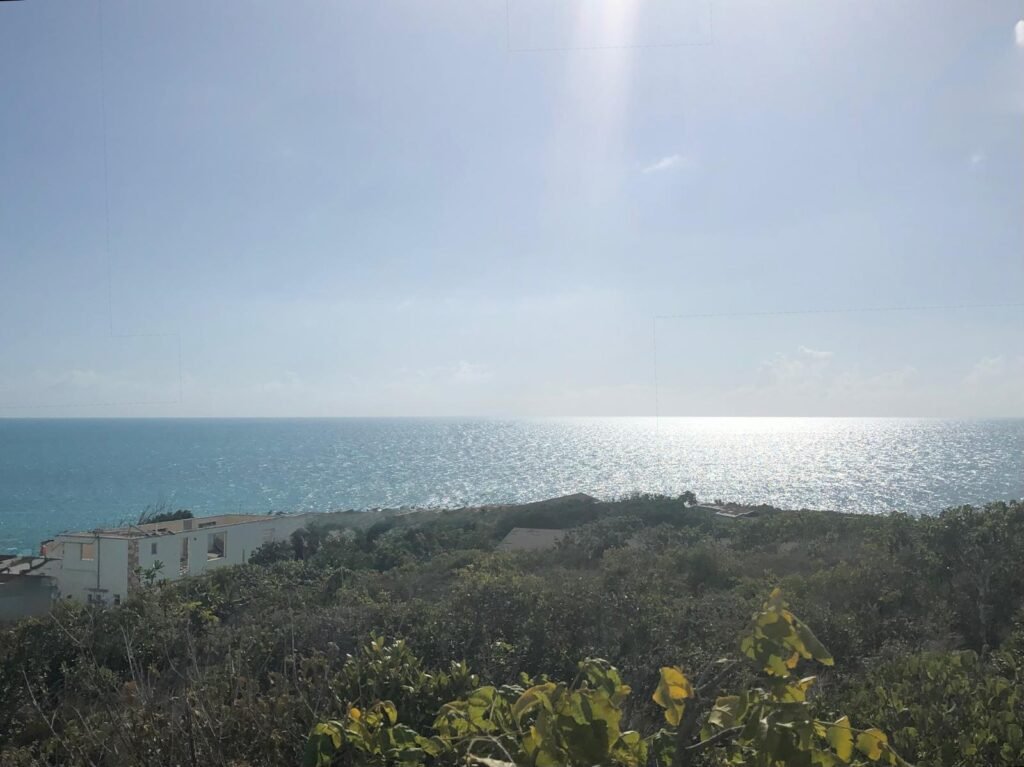
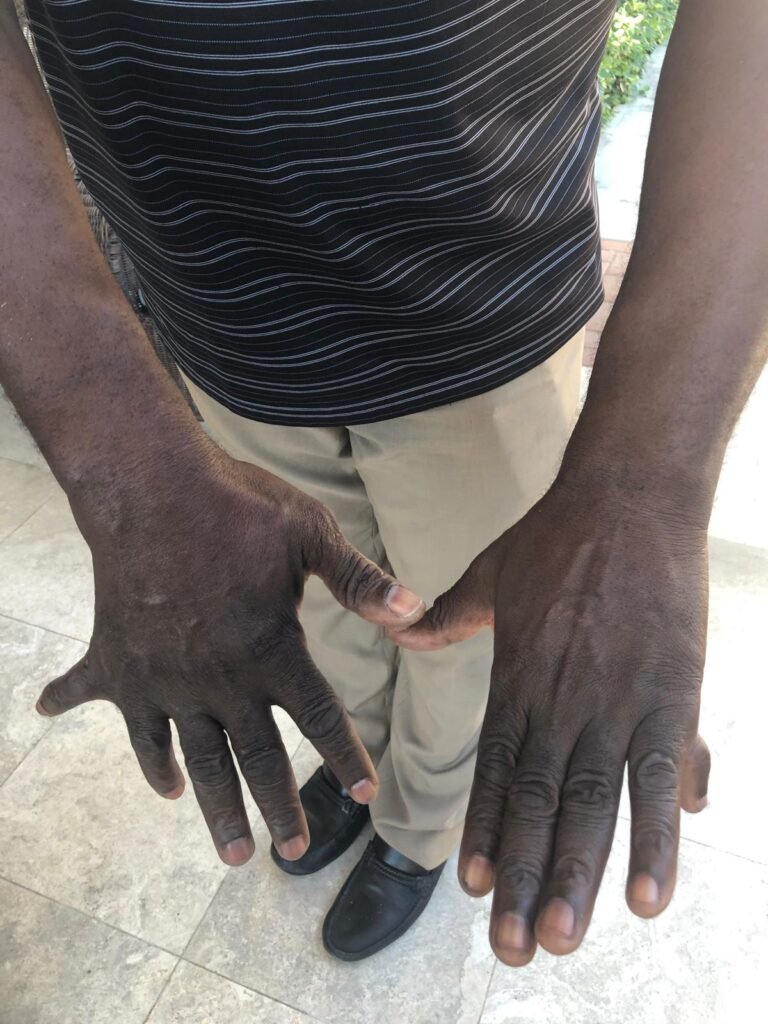
My taxi is driven by a guy called Fingers. He is a trusted driver, used by my hotel to squire their guests around the island. Fingers is an unusual nickname. I wonder if he is a musician, perhaps a master of the piano, or particularly gifted on the saxophone. Curious, I ask Fingers how he came about his name.
Smiling, Fingers holds up his right hand. To my horror and guilty fascination, he has a sixth finger on his hand, a finger about two inches long. Then he holds up his left and shows me the sixth finger on that hand as well, though it is smaller than the extra digit on his right hand. I am instantly intrigued and start asking him questions, which he is perfectly willing, in fact quite happy, to answer.
His father has six fingers, as do some other family members, he tells me. The extra little fingers have fingernails and sensation, but they’re not very functional. When he was born, his parents never considered removing these useless fingers, and Fingers himself will never have them cut off. He is proud of this inherited family trait. I am incredulous. No child in the United States would ever be allowed to grow up with such a freakish attribute. Those excess tiny fingers would have been chopped off immediately, in infancy, the little nubbins probably never to be spoken of again.
We arrive at Sapodilla Hill, the location of the old carvings. Fingers parks the cab and we both walk up the hill. He points out several rocks with worn, faded carvings on them. There are symbols, names, dates, 1812, 1821, 1832, the etched surfaces slowly being worn away by wind and rain. Who was here? How many sailors were marooned there? Were they really waiting and watching, hoping a ship would show up to save them? And did a ship eventually come to their rescue? After I take some pictures, we turn to leave.
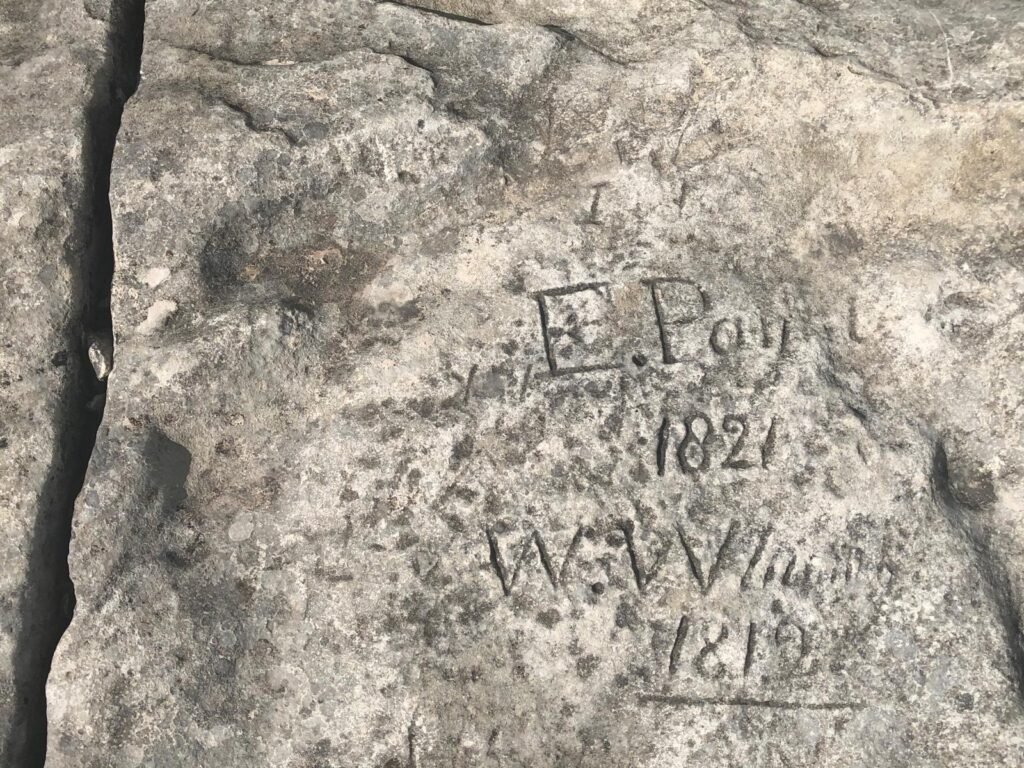
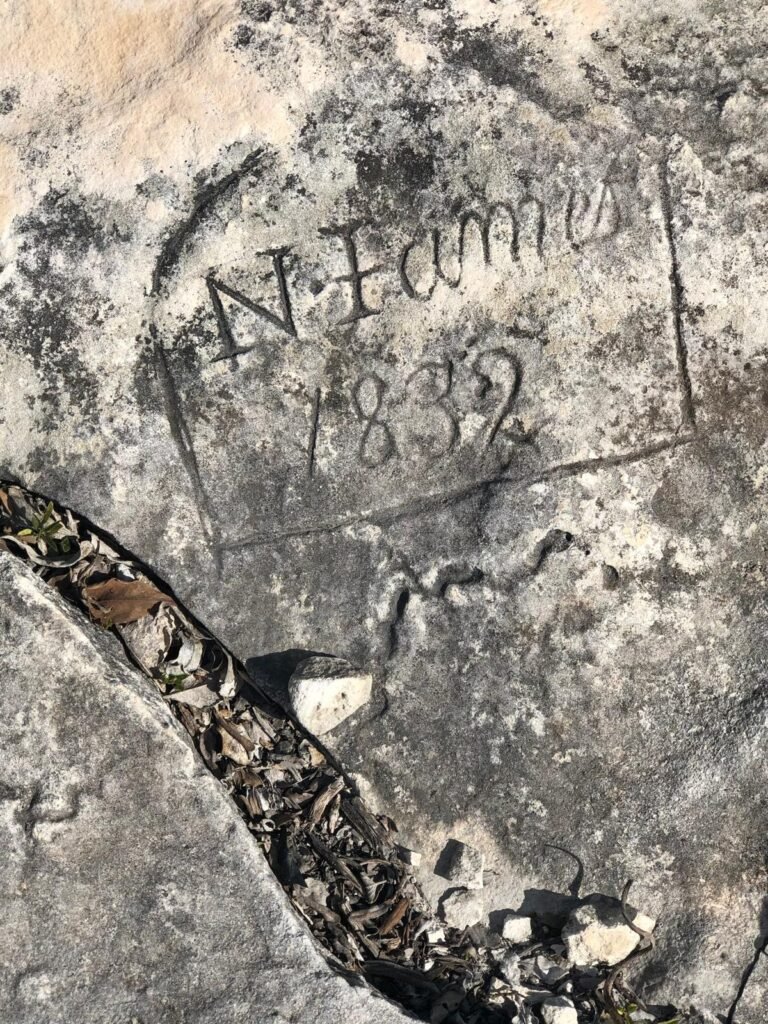
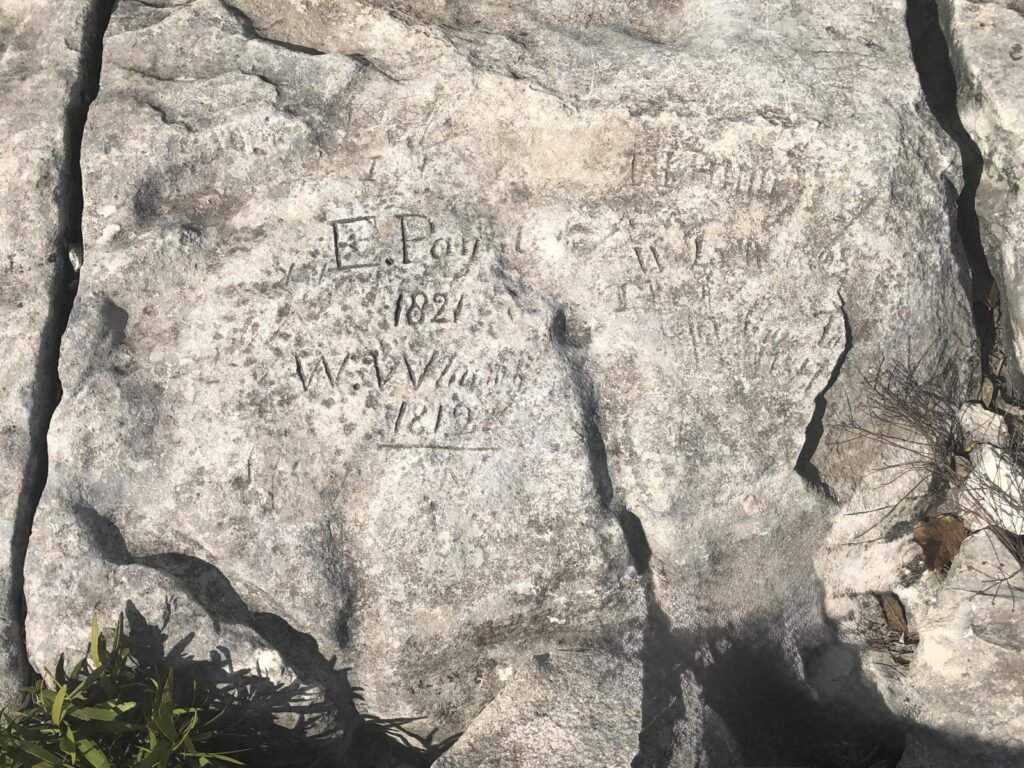
Fingers gentlemanly offers me his hand to hold, to steady myself as I walk down the rocky hill, stones and pebbles crunching under my shoes.
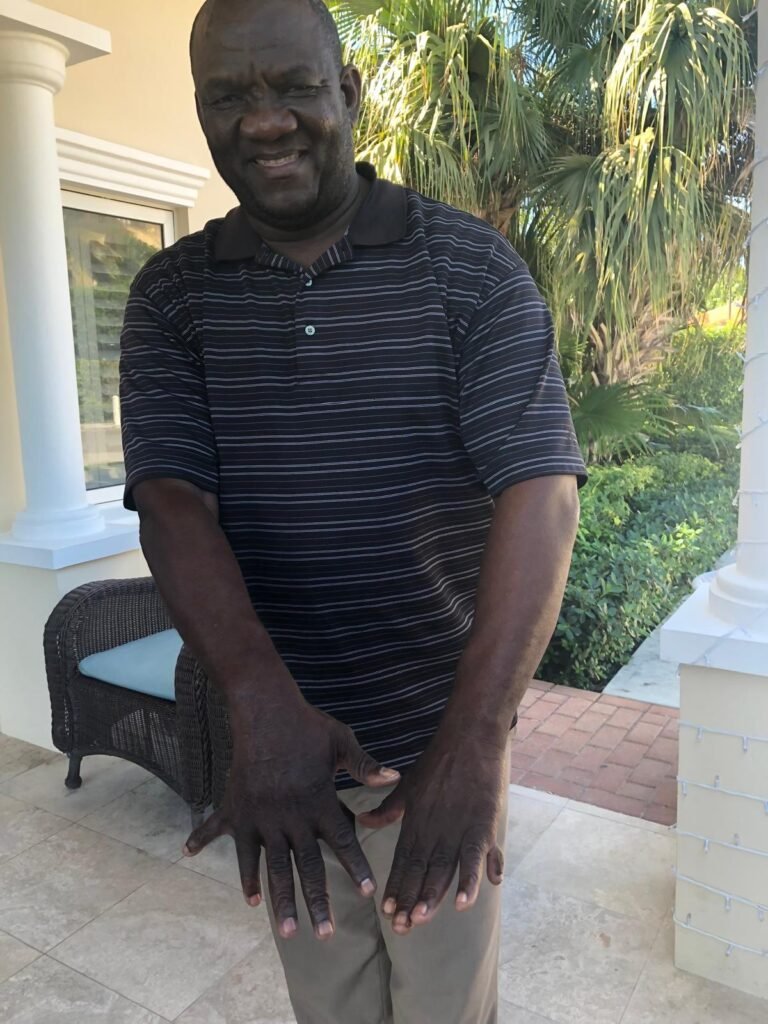
I was wondering about his potential as a piano player as well, but it I see your comment about limited movement in those extra fingers. I am glad he is proud of his family trait!